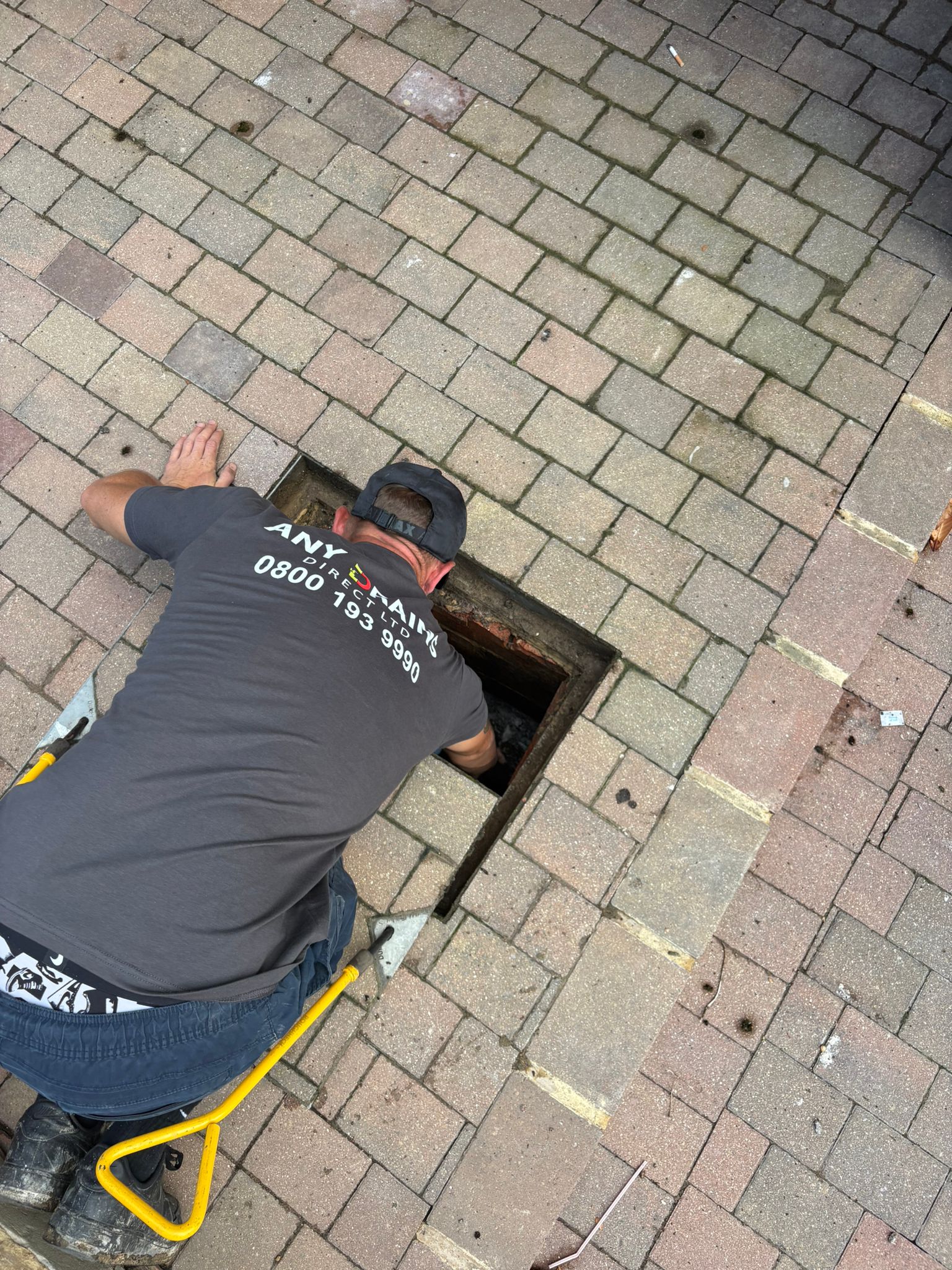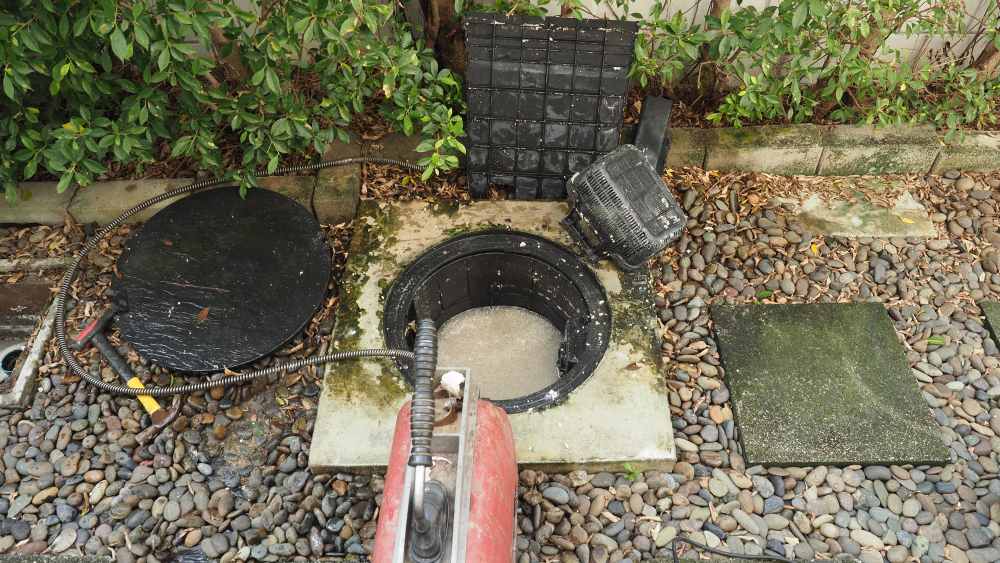Nearly everybody seems to have their own thinking about How to handle a clogged drain in your home.

Intro
Handling a blocked drainpipe can be an irritating experience, interrupting everyday activities and possibly causing damages to your property. However, prior to reaching out to plumbing specialists, there are steps you can take to deal with the problem on your own. In this guide, we'll check out do it yourself services and safety nets to take on a blocked drain successfully.
Identifying the Problem
The primary step in resolving an obstructed drainpipe is recognizing the indications. Sluggish drain, gurgling noises, foul odors originating from drains pipes, or water backing up are common signs of an obstructed drainpipe. Determining these indications early can help protect against even more issues.
Picking the Right Plumbing Service
When choosing a pipes solution, take into consideration elements such as experience, licensing, and customer reviews. Choose a reputable plumbing with a performance history of high quality craftsmanship and transparent pricing practices.
Price Factors to consider
The cost of specialist drainpipe cleaning services can vary depending on the extent of the obstruction and the plumbing's rates. Demand quotes from several suppliers and inquire about any kind of service charges to guarantee openness and avoid shocks.
Safety Measures
When trying DIY drain cleansing, focus on safety and security. Put on safety handwear covers and eyeglasses to avoid contact with hazardous chemicals or bacteria. Never ever mix various drain cleansing items, as this can produce dangerous fumes.
Instance Researches
Real-life examples highlight the efficiency of DIY options and the significance of prompt specialist intervention in resolving drain blockages.
Typical Causes of Obstructed Drainpipes
Comprehending the variables that contribute to drain pipes obstructions is crucial for efficient resolution. Typical perpetrators include hair, soap scum, oil, food particles, and international things like sanitary products or paper towels. Tree origins getting into below ground pipes can additionally trigger substantial blockages.
Do it yourself Solutions
For small blockages, numerous DIY options can be reliable. Pouring boiling water down the drain can help liquify oil and particles. Baking soda and vinegar or a mix of salt and baking soda can function as all-natural cleansers. Making use of a bettor or pipes snake to dislodge obstructions is another alternative.
Devices and Equipment
Having the right devices accessible can make do it yourself drain cleaning more efficient. A bettor is a functional device for clearing obstructions in sinks, commodes, and showers. A plumbing snake or auger can get to deeper blockages, while drain cleaning chemicals can be utilized meticulously for stubborn clogs.
Preventive Measures
To stay clear of future clogs, taking on safety nets is crucial. Set up drainpipe guards or strainers to catch hair and debris before they get in the pipelines. Regularly flush drains with hot water to liquify oil build-up, and prevent dealing with oil or strong waste down the tubes.
When to Call a Specialist
While DIY solutions can fix minor obstructions, particular indicators suggest the requirement for professional support. Persistent clogs, foul odors regardless of cleaning up efforts, or several drains pipes backing up simultaneously are warnings that necessitate experienced treatment.
Final thought
By adhering to the suggestions described in this overview, you can properly deal with obstructed drains pipes and protect against future plumbing concerns. Whether going with do it yourself services or looking for expert support, prompt activity is crucial to maintaining a healthy and balanced pipes system and preserving the honesty of your home.
How to Clear a Clogged Drain Yourself (And When to Call In the Professionals)
What Can Clog a Drain
Dirt Skin flakes Hair Grease Soap scum Food Offset pipes Tree roots Small objects Mineral buildup DIY Tricks to Unclog a Drain
You can fix this! Once you have identified the source of the clog (or have a vague idea), you can try one or a combination of these fixes in order to clear your plumbing.
Wire Hanger or Snake
Untangle and clear out hair from a drainpipe with a homemade snake. Use a straightened-out wire hanger with a 90-degree angle hook to locate the clog and drag out any unwanted material.
Remember not to push the clog further down to where the wire hanger cannot reach! If you need to follow up with a plunger, give it a try. Your efforts might be more successful after it’s been wire-snaked.
If you want to get fancy and don’t have a wire hanger to spare, head to the store and pick up a hand-operated drain snake. You can get one for $10-$30. It may save you the hassle, and provide additional length to reach deep into the clogged pipe.
Plunger
A cup plunger has a suction cup attached to a wooden handle. The rubber creates a seal around the drain, and increases the pressure force of the plunger.
Plunge for 30-second increments to loosen the clog. This may need to be repeated over the course of 15-20 minutes. Once plunged, run the water to flush the remaining material out of the drain.
Remember– never use a plunger if you have used a chemical drain cleaner. These chemicals can splash up from the force of the plunger and cause serious injury or burns.
Boiling Water
Hot water can sometimes break up materials into a flushable amount. Dirt, grease, and soap buildup requires heat in order to unstick from surfaces.
Take your kitchen kettle and heat your water to a boil. Once it reaches a rolling boil, pour it directly down the drain into the blockage. Carefully follow with plunging, if necessary.
Don’t worry if this takes more than one try! It can often take multiple kettles and repeated plunging in order to clear a particularly stubborn clog.
Chemical Drain Cleaner
As a last resort, pick up a bottle of chemical drain cleaner. Drain-cleaning chemicals are potent, and not very good for the environment.
You may need to wear protective eyewear in gloves before handling your bottle of chemical drain cleaner. Follow the instructions printed on the bottle, and flush with water as soon as the instructions allow. Do not follow with plunging.
Baking Soda and Vinegar
As a safer alternative to chemical drain cleaner, baking soda and vinegar can create a chemical reaction that clears tough clogs.
Combine one cup of cleaning vinegar with one cup of boiling water, and set aside. Once you have done this, pour half a cup of baking soda down the drain. Give the baking thirty seconds to settle and cover a large portion of the problem drain.
Following the baking soda, pour down your vinegar and hot water solution. Once the vinegar and baking soda combine, the mixture will bubble and fix. Let this reaction fizzle in the drain for about an hour.
After an hour, follow with a kettle’s worth of hot water. The heat and liquid should flush out any remaining material.
When to Call a Plumber
If your DIY attempts haven’t cleared your clog drain, it’s time to call in a professional. It’s not worth losing access to your kitchen sink or high-traffic bathroom. A clog in a vital area can keep you from the things you’d rather be doing, and derail your routine.
Anytime a clog is causing water to spread is a time to call in a plumbing service. What starts out as a little bit of water can quickly grow into serious, expensive water damage.
Additionally, a serious clog can result in burst pipes or serious leaks. Make sure you know when to take it seriously!
https://myguysnow.com/how-to-clear-a-clogged-drain-yourself-and-when-to-call-in-the-professionals/

I was brought to that write-up on What I learned from trying to deal with a clogged drain through an associate on a different blog. Kindly take the time to promote this post if you liked it. Many thanks for your time spent reading it.
Schedule Appointment Now